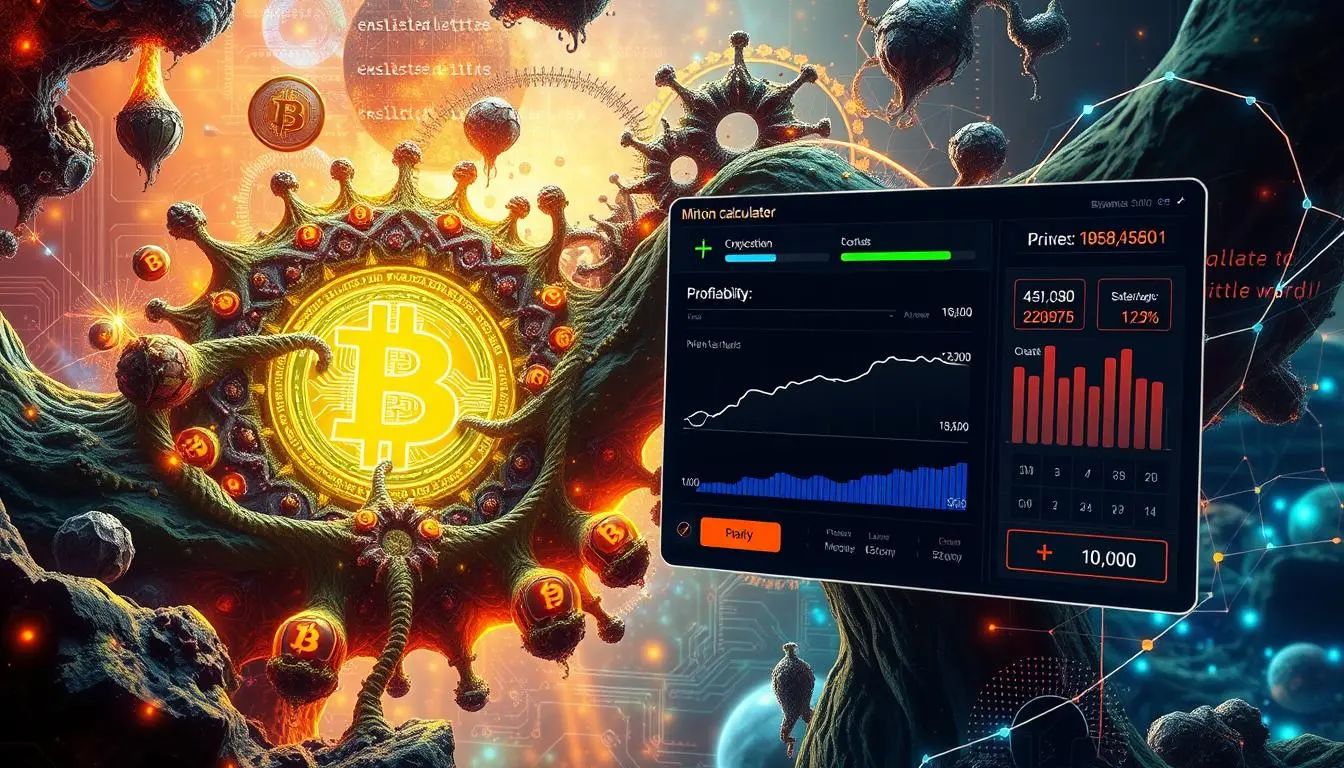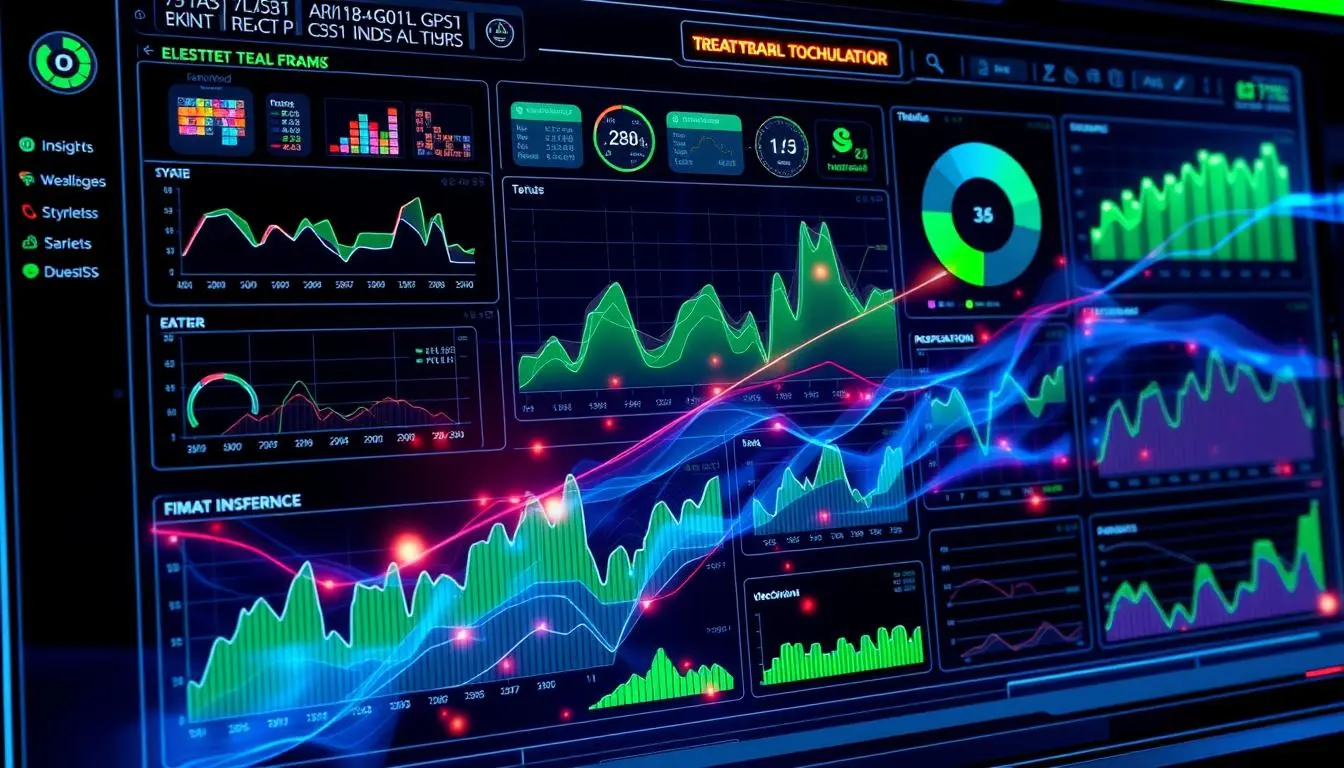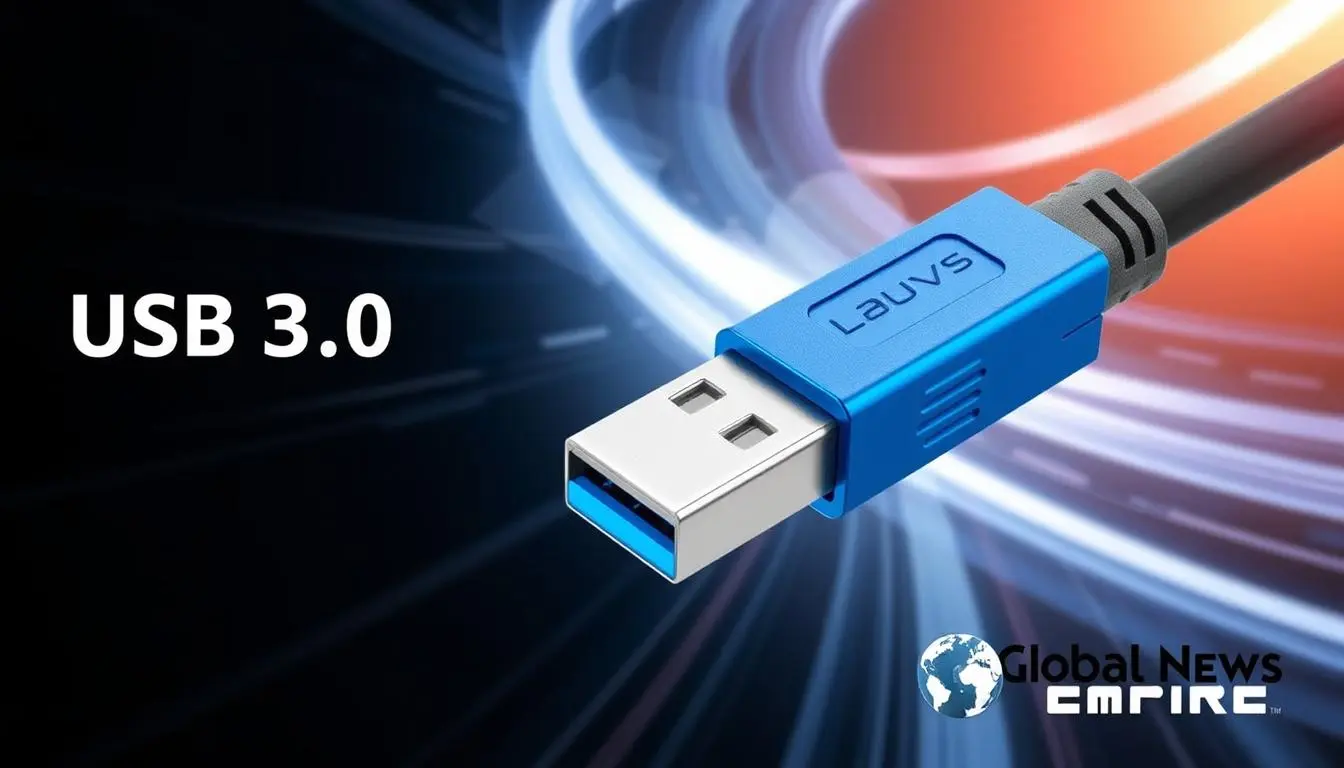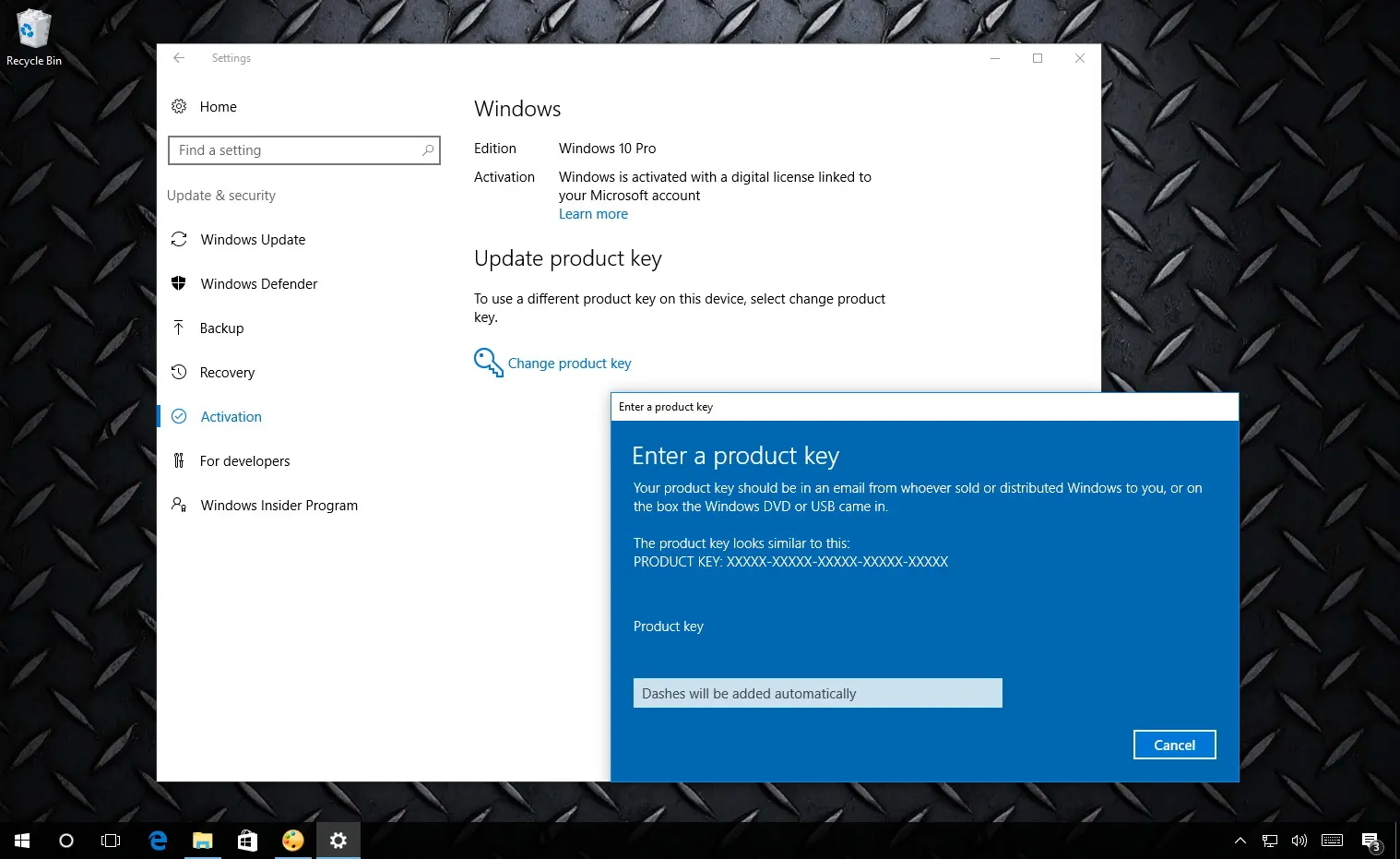In today’s world, seeing complex data clearly is key. This article dives into how 3D sliced data visualization works. It shows how interactive tools help us understand data better.
We’ll look at why data visualization matters, the challenges of 3D data, and how to make great 3D visuals. This will help us grasp the power of 3D sliced data.
This article will focus on interactive tools for 3D sliced data. These tools make data look amazing and easy to explore. They help us find hidden patterns and make better choices.
We’ll see how 3D sliced data helps in real-world scenarios. It’s used in science and business, changing how we work. We’ll also learn about the best ways to make 3D visuals clear and fun to use.
By the end, you’ll know more about 3D sliced data and how to use it. You’ll see how to make interactive 3D visuals for your webpages and more.

Key Takeaways
- 3D sliced data visualization offers a powerful way to unlock insights from complex datasets.
- Interactive tools enable users to explore and analyze 3D data in a more intuitive and engaging manner.
- Effective 3D visualization techniques can be applied across a wide range of industries, from scientific research to business intelligence.
- Best practices and design principles are crucial for creating clear, usable, and visually appealing 3D data visualizations.
- Leveraging 3D sliced data visualization can lead to improved decision-making and deeper understanding of the data.
Introduction to 3D Sliced Data Visualization
In today’s world, seeing complex data is key. 3D sliced data visualization is a powerful tool for finding hidden insights. It uses the third dimension to show relationships and trends that 2D visuals miss.
Understanding the Importance of Data Visualization
Data visualization turns raw data into useful information. It helps spot patterns and trends, guiding decisions. 3D sliced data visualization makes this even better, offering a deeper look at data with interactive web elements.
The Challenges of Visualizing Complex 3D Data
While 3D sliced data visualization is valuable, it faces challenges. Issues like occlusion and depth perception make it hard to show 3D data on a 2D screen. New tools and techniques are needed to make 3D data easy to understand and use.
| Benefit | Description |
|---|---|
| Enhanced Insight | 3D sliced data visualization unlocks deeper insights by revealing hidden patterns and relationships within complex datasets. |
| Improved Decision-Making | Visualizing data in 3D empowers users to make more informed and data-driven decisions. |
| Intuitive Exploration | Interactive 3D visualizations provide an intuitive and engaging way for users to explore and interact with data. |
“The ability to visualize the 3d sliced data with interactive elements is a critical component of modern data analysis and decision-making.”

Visualize the 3D Sliced Data with Interactive Data
Seeing complex 3D data clearly is key to making smart choices. Interactive tools help us dive into 3D sliced data. They turn hard-to-understand data into something easy to see and fun to explore.
At the core is the ability to visualize the 3d sliced data with interactive features. By breaking down 3D data into layers, we can spot details we might miss in 2D. This lets us find patterns and trends that are hidden.
These tools let us play with the data, like rotating and zooming in. This makes us understand the data better. It helps us find new insights and make better choices.
| Visualization Technique | Benefits |
|---|---|
| 3D Slicing | Allows users to examine data from multiple angles and isolate specific layers or sections for closer inspection. |
| Interactive Exploration | Enables users to manipulate the visualization, adjust parameters, and explore the data in real-time, leading to a deeper understanding. |
| Layered Displays | Provides a comprehensive view of the 3D data, allowing users to identify relationships and patterns across different dimensions. |
Using interactive 3D sliced data visualization unlocks our data’s full power. It lets us make choices based on solid data, with confidence and clarity.
Interactive Tools for 3D Sliced Data Visualization
Visualizing 3D sliced data can be tricky, but there are many interactive tools to help. These tools have different features, so you can customize your visualizations as needed.
Overview of Popular Interactive Visualization Tools
Tableau is a top choice for its easy-to-use interface and customization options. Power BI, from Microsoft, offers advanced analytics and interactive dashboards. For open-source options, D3.js and Plotly provide customizable and interactive visuals.
Each tool has its own benefits and drawbacks. It’s key to match your data needs with the right tool. Consider your data’s complexity, the level of interactivity you need, and the user experience you aim for.
Choosing a tool that lets you visualize the 3D sliced data with interactive features is a big plus. These tools enable you to view data from various angles, find hidden insights, and present your findings in a captivating way.
Interactive 3D data visualization opens up new ways to understand data. It helps drive better decision-making in many fields and applications.
Techniques for Effective 3D Sliced Data Visualization
To make 3D sliced data visualizations stand out, you need a smart plan. When visualizing the 3d sliced data with interactive in webpages, here are some tips to boost your data displays:
- Color Palette Selection: Pick colors that look good and make your 3D data clear. Choose colors that are easy to tell apart and fit your data’s theme.
- Labeling and Annotation: Use clear labels for every part of your 3D data. Add annotations to help viewers understand and spot important points.
- Interactive Elements: Add features like hover-over tips, zoom, and spin. These make exploring your 3D data fun and easy. They help visualize the 3d sliced data with interactive in webpages.
- Data Aggregation and Filtering: Let users adjust the data in real-time. This lets them see what matters most to them. It makes your visualization more useful and engaging.
Using these methods, you can make 3D sliced data visualizations that look great and work well. They help share complex info and lead to useful insights.
“Effective data visualization is not just about making pretty pictures; it’s about creating tools that enable users to quickly and easily understand the underlying insights.”
Applications of 3D Sliced Data Visualization
3D sliced data visualization is more than just pretty pictures. It’s a game-changer in many fields, changing how we look at data and make decisions.
Use Cases in Scientific Research
In science, 3D sliced data visualization is a big deal. It helps in medical imaging, geology, and materials science. It gives scientists a new way to see complex data.
- Doctors use it to understand the body better, leading to better treatments.
- Geologists use it to find resources and study the Earth’s changes.
- Materials scientists study new materials to create better products.
Applications in Business Intelligence
In business, 3D sliced data visualization is a key tool for making smart choices.
| Application | Benefit |
|---|---|
| Market Analysis | It helps spot trends and opportunities, guiding business decisions. |
| Supply Chain Optimization | It shows how to make supply chains better, saving time and money. |
| Risk Management | It gives a clear view of risks, helping businesses stay ahead. |
As data gets more complex, the need for visualizing the 3D sliced data with interactive tools grows. This technology helps both science and business. It opens up new ways to understand and act on data, driving success.

Best Practices for 3D Sliced Data Visualization
Making great 3D sliced data visualizations means following best practices and design rules. When using interactive tools to show 3D sliced data on webpages, focus on making it clear and easy to use. This ensures the data’s insights are shared well.
Design Principles for Clarity and Usability
To make 3D sliced data visualizations that look good and tell a story, keep these design tips in mind:
- Color Selection: Pick colors that make the 3D parts pop, contrast well, and fit the brand or style.
- Labeling and Annotation: Use clear and simple labels for axes, data points, and important parts to help users understand the visualization.
- Interactive Features: Add interactive parts, like rotating, zooming, or hovering over data points, to keep users engaged and help them dive deeper into the 3D sliced data.
- Audience Considerations: Think about who will see the visualization when designing it. Make sure the complexity, colors, and interactive parts match their needs and likes.
Following these design principles helps you create 3D sliced data visualizations that are not just beautiful but also effective. They clearly share the data and insights with your audience.
“The goal of data visualization is to communicate complex information in a way that is easy to understand and digest.”
Challenges and Limitations of 3D Sliced Data Visualization
Using interactive tools to show 3D sliced data comes with its own set of challenges. One big issue is the mental effort it takes to understand complex 3D images. Sometimes, parts of the data can get hidden or look wrong, making it hard to use.
The tech needed for good 3D visuals can be a big problem. It often requires strong computers and special software. This can make it hard for people with less tech or knowledge to use these tools.
Finding the right amount of detail in a 3D visualization is also tricky. Too much info can make it look messy, while too little might not show the data’s full story. Choosing the right way to show the data is key to making it clear and useful for everyone.
At Global New Empire, we focus on exploring such technological advancements and their impact on various fields. Our platform dives deep into how innovations like 3D visualization tools are shaping industries and making data more accessible. Stay connected with Global New Empire for insights on the latest tech trends and how they influence the way we work and understand information in today’s fast-paced digital world.










